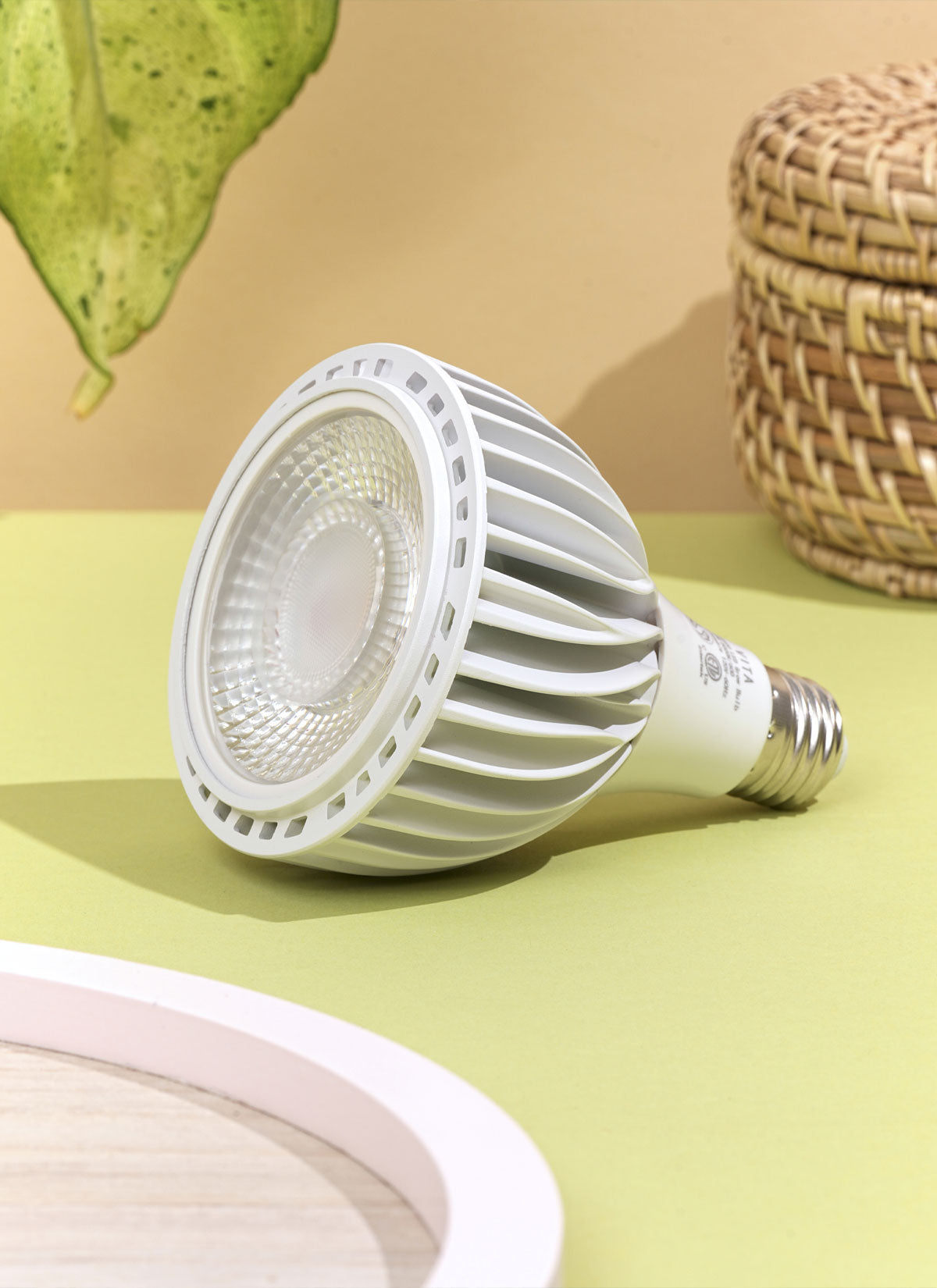Quick Tip: Water until water comes out of drainage holes. Allow soil to completely dry between waterings. This plant prefers distilled water.
Calathea Rattlesnake plants need to be consistently moist, but it's important not to overwater them. The best way to water this plant is to wait until the top inch of soil feels dry to the touch, then water thoroughly until the water runs out of the drainage holes. Do not let the Calathea sit in excess water, as sitting in standing water can cause root rot. It's also preferable to use filtered or distilled water, as Calathea Rattlesnake plants are sensitive to chlorine and fluoride common in tap water. Additionally, these plants prefer high humidity, so misting them regularly or placing a humidifier nearby can help keep them live happy and healthy. By following these watering techniques and keeping an eye on your plant's needs, you can help your Calathea Rattlesnake thrive and grow up healthy and robust.




















